Aquaculture might have potential for carbon fixation
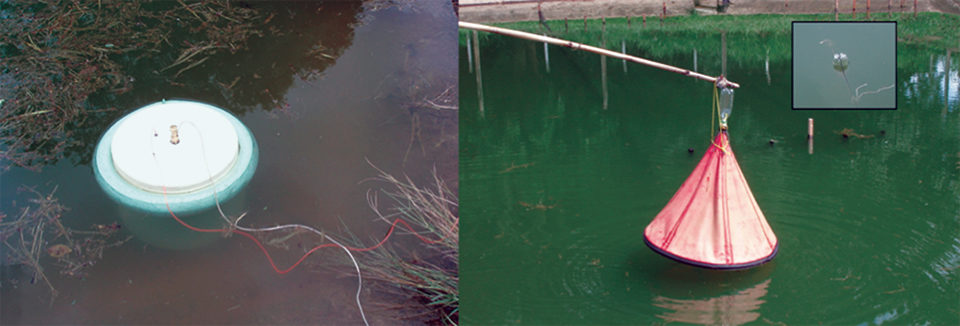
Agriculture is an important source of greenhouse gases (GHG). Estimates indicate that 45 percent of total GHG emissions attributed to agriculture are from animal production. The main sources and types of GHG from livestock are methane from animal’s metabolism and manure management (25 percent), carbon dioxide from land use and its changes (32 percent) and nitrous oxide from manure and slurry management (31 percent).
The quantification of these gases emissions is very important, as they have been significantly inducing changes in average temperature and precipitation, seasonal patterns and frequency of extreme weather events.
Credit potential
Greenhouse gases from aquaculture ponds have been largely neglected so far. Knowledge about GHG emissions from aquaculture systems is important to investors and development planners for mitigation of possible greenhouse effects caused by the aquaculture industry. This information is highly relevant to compare the emissions of GHG from aquaculture with those for the production of others animals, such as cattle and pigs.
Aquaculture might have potential for carbon fixation due to the carbon that accumulates in ponds sediments. Therefore, aquaculture may be an important mechanism for atmospheric carbon sequestration, generating carbon credits. However, to confirm this hypothesis, it is necessary to quantify the fluxes of greenhouse gases during the rearing cycle of aquatic organisms.
Gas measurement
Greenhouse gases can be released to the atmosphere in two ways: diffusive emission (emanation) and ebulitive emission (bubbles). In emanation, gases dissolved in water molecularly diffuse from water to the air. Bubbles form naturally in the bottom and go up periodically. In anaerobic conditions, the gas forms methane, whereas in oxygenated bottoms, carbon dioxide dominates. As methane is not consumed by aquatic organisms, it dissipates in the water column.
Gas flow between water and the atmosphere changes by the time of day and can be quite variable. To quantify emission rates, a diffusion chamber can be used. Gas concentrations inside the bubbles formed in pond bottoms can be obtained by capturing bubbles in a flask filled with water on the top of a submerged canvas funnel placed inside water for 24 hours.
The samples should be analyzed through specific gas-chromatographic analysis. Results represent the sum of diffusive and ebulitive emissions, expressed in terms of kg/ha/day. The sum of all gases is presented in an equivalent value for carbon dioxide. The methodology is somewhat complex and unfamiliar to most aquaculture researchers. In addition, the analysis is expensive. Thus, gas emissions are not commonly reported in aquaculture papers.
Experimental model
To quantify the carbon dioxide and methane fluxes in tropical earthen ponds, the authors used freshwater prawn farming managed according to different strategies as a model. An experiment was conducted over 125 days in 12 rectangular earthen-bottom ponds with an area of 0.01 hectares and average depth of 1 meter at the Aquaculture Center of São Paulo State University in Brazil. The ponds were stocked with Amazon river prawn postlarvae at 40 prawns per square meter.
Group A ponds received nighttime aeration from 2 to 5 a.m. Group S ponds were operated with artificial substrates. A.S. ponds had both nighttime aeration and artificial substrates, while a group of traditional ponds without aeration or substrates formed group T.
Installed vertically, the substrates were made up of 30-mm nylon screen mesh with a total area equal to 50 percent of the area of the pond bottoms. During the experiment, no water exchange occurred. Pond inflow water was adjusted to compensate for water loss due to seepage and evaporation.
The carbon dioxide and methane released/absorbed by the ponds were measured for diffusive and ebulitive emissions using diffusion chambers and funnels, respectively.
Results
The results indicated that ponds released carbon dioxide and methane to the atmosphere (Figs. 1 and 2). The diffusive emission corresponded to almost 100 percent of the total carbon dioxide emissions. The A.S. treatment released an average 3.3, 2.0 and 1.5 times more carbon dioxide than the A, T and S treatments, respectively (Table 1). Although the data presented great variability, these values may serve as reference for semi-intensive prawn farming in tropical regions.
Preto, Mean emissions, Table 1
| Treatment | Diffusive Emission (kg/ha/day) Carbon Dioxide | Diffusive Emission (kg/ha/day) Methane | Ebulitive Emission (kg/ha/day) Carbon Dioxide | Ebulitive Emission (kg/ha/day) Methane | Total Emission (kg/ha/day) Carbon Dioxide | Total Emission (kg/ha/day) Methane |
|---|---|---|---|---|---|---|
| A | 5.02 ± 5.73 | 0.11 ± 0.07 | 0.02 ± 0.01 | 0.22 ± 0.13 | 5.04 ± 5.72 | 0.32 ± 0.16 |
| S | 11.04 ± 27.31 | 0.09 ± 0.03 | 0.01 ± 0.01 | 0.12 ± 0.10 | 11.04 ± 27.31 | 0.21 ± 0.13 |
| A.S. | 16.50 ± 15.00 | 0.11 ± 0.04 | 0.01 ± 0 | 0.16 ± 0.14 | 16.51 ± 15.01 | 0.27 ± 0.12 |
| T | 8.20 ± 34.12 | 0.19 ± 0.13 | 0.01 ± 0.01 | 0.31 ± 0.13 | 8.22 ± 34.13 | 0.50 ± 0.05 |
Table 1. Mean emissions of carbon dioxide and methane in river prawn growout ponds subjected to four treatments.
On average, approximately 1,683 kg carbon dioxide/ha were released during the whole river prawn growout cycle. This value corresponded to 459.58 kg of carbon equivalent. The great variability of night emissions among ponds, especially between those of the same treatment, was expected due to the absorption of this gas in the photosynthesis process throughout the day and its emission during the night in the respiration process. The absorption of carbon dioxide occurred only in ponds using night aeration.
Treatment ponds S and T released only carbon dioxide (Fig. 1). Water movement during night aeration may have favored the decomposition of organic matter accumulated in the bottoms of ponds, releasing carbon dioxide to the water column. Besides, the higher water-air contact promoted by aeration favored gas exchanges, promoting higher carbon dioxide outputs.
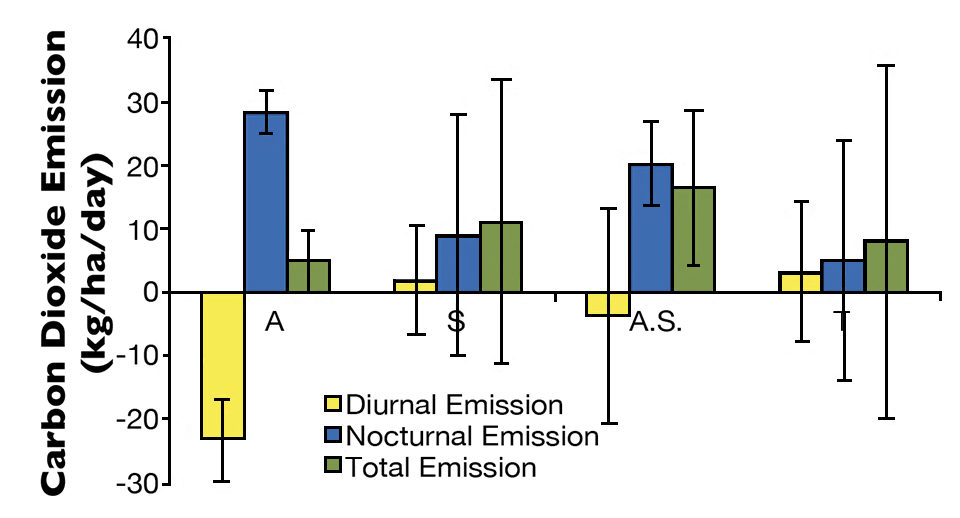
Methane was released in the day and night (Fig. 2), especially by ebulitive means (61 percent, Table 1). The production of methane occurs in pond bottoms under anoxic conditions. Although the concentrations of oxygen in the pond water were maintained above suitable levels, methane was released, likely from deeper layers of sediment. The total mean methane emission was approximately 40 kg/ha/cycle. This value corresponded to 255.13 kg of carbon equivalent. Therefore, the prawn growout ponds released approximately 714.71 kg of carbon equivalent to the atmosphere.
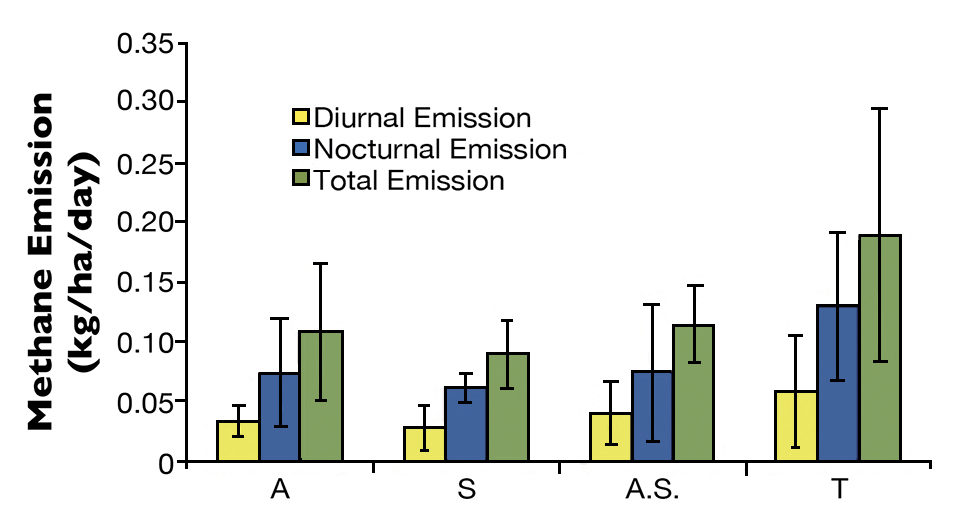
Perspectives
Considering that there are many avenues of input and output for carbon in aquatic systems, studies evaluating the carbon “budget” are needed. Such work could help account for carbon inputs via inlet water, materials and atmosphere, as well as outputs via effluents, animals, sediments, periphyton, seepage and the atmosphere. These studies could indicate if semi-intensive pond farming is efficient in carbon fixation and therefore be helpful in evaluating sustainability.
(Editor’s Note: This article was originally published in the January/February 2015 print edition of the Global Aquaculture Advocate.)
Authors
-
B.L. Preto
Instituto Federal de Ensino
Ciência e Tecnologia, IFES
Rodovia BR-482 (Cachoeiro-Alegrel), Km 47
Distrito de Rive – Caixa Postal 47
29500-000 Alegre, Espírito Santo, Brazil[114,98,46,117,100,101,46,115,101,102,105,64,111,116,101,114,112,108,111,110,117,114,98]
-
M.N.P. Henares
Centro Universitário da Fundação Educacional de Barretos
Barretos, São Paulo, Brazil -
J.M. Kimpara
Empresa Brasileira Agropecuária
Embrapa Meio Norte
Parnaíba, Piauí, Brazil -
W.C. Valenti
Universidade Estadual Paulista, Unesp
Campus Experimental do Litoral Paulista
São Vicente, São Paulo, Brazil
Related Posts

Intelligence
An engineer’s design for a classroom aquaculture-aquaponics system
An aquaponics teaching system was designed, built and operated by students at the University of Arizona, integrating its operation and management into the educational curriculum. This engineering design will require minimum maintenance and will last years.
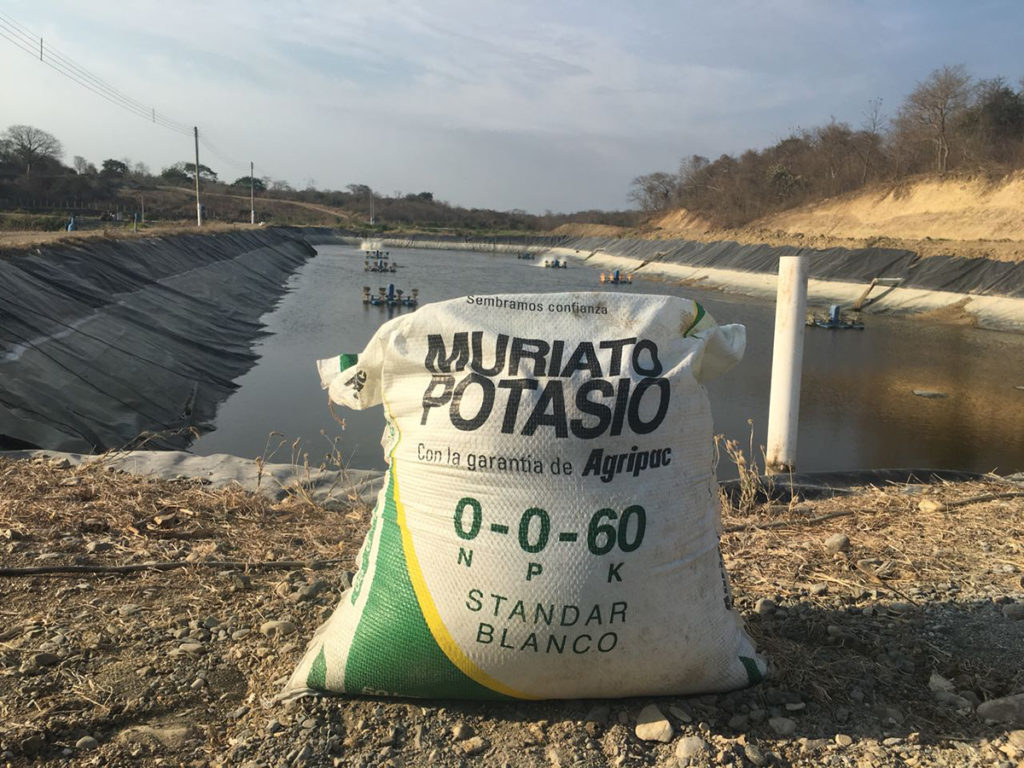
Responsibility
Properties of common commercial fertilizers in aquaculture
Commercial nitrogen and phosphorus fertilizers are widely used in aquaculture production systems to stimulate phytoplankton growth and the food web that provides natural food organisms beneficial to stocked fish fry and shrimp postlarvae.
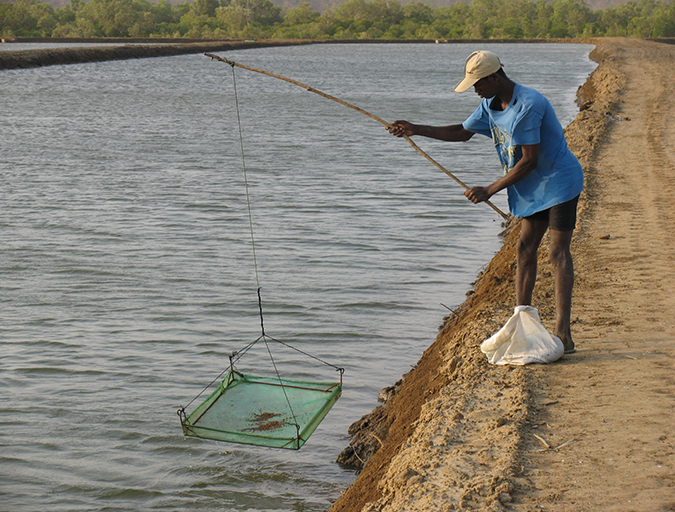
Health & Welfare
Decomposition and accumulation of organic matter in ponds
Aquaculture ponds accumulate organic matter from organic fertilizer, remains of microorganisms produced within the pond, feces of the culture animals and uneaten feed. Claude E. Boyd, Ph.D., details the leading organic matter management practices, and says that the accumulation of organic matter is often not as great as believed.
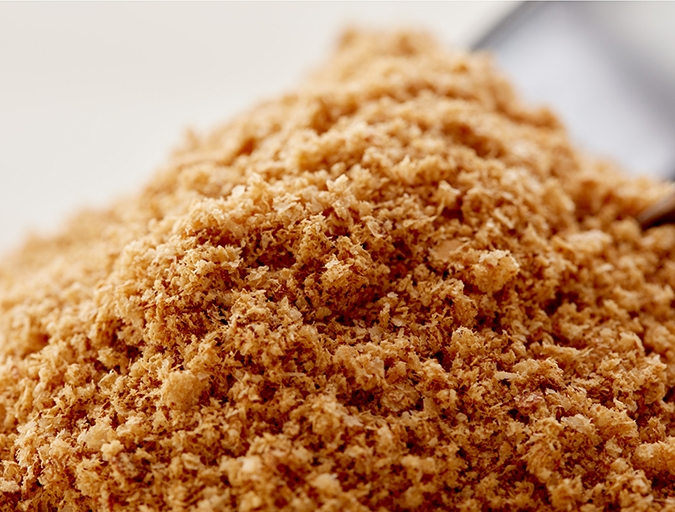
Aquafeeds
Bridging the omega-3 gap with methane, microalgae
Innovation is leading to new ingredient options for renewable sources of omega-3 fatty acids. But Replicating long chain fatty acids is a tall order, Advocate contributor Lisa Duchene discovered.


